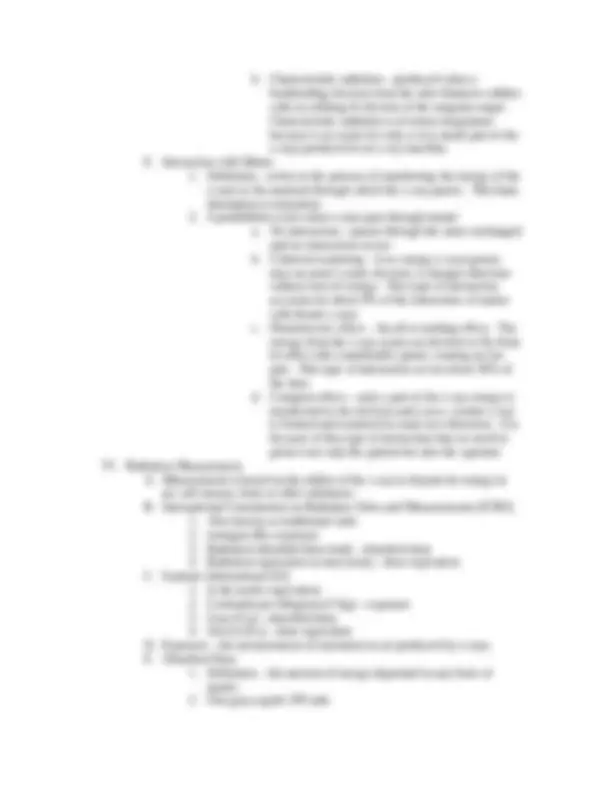





Study with the several resources on Docsity

Earn points by helping other students or get them with a premium plan


Prepare for your exams
Study with the several resources on Docsity

Earn points to download
Earn points by helping other students or get them with a premium plan
Community
Ask the community for help and clear up your study doubts
Discover the best universities in your country according to Docsity users
Free resources
Download our free guides on studying techniques, anxiety management strategies, and thesis advice from Docsity tutors
Material Type: Exam; Class: Dental Radiography; Subject: Dental Assisting; University: Front Range Community College; Term: Unknown 1989;
Typology: Exams
1 / 5

This page cannot be seen from the preview
Don't miss anything!




Radiology I Radiation Physics At the completion of this lesson, the student will with at least 70% accuracy on a written and/or oral exam:
b. Characteristic radiation—produced when a bombarding electron from the tube filament collides with an orbiting K electron of the tungsten target. Characteristic radiation is of minor importance because it accounts for only a very small part of the x-rays produced in an x-ray machine. E. Interaction with Matter
F. Dose Equivalent